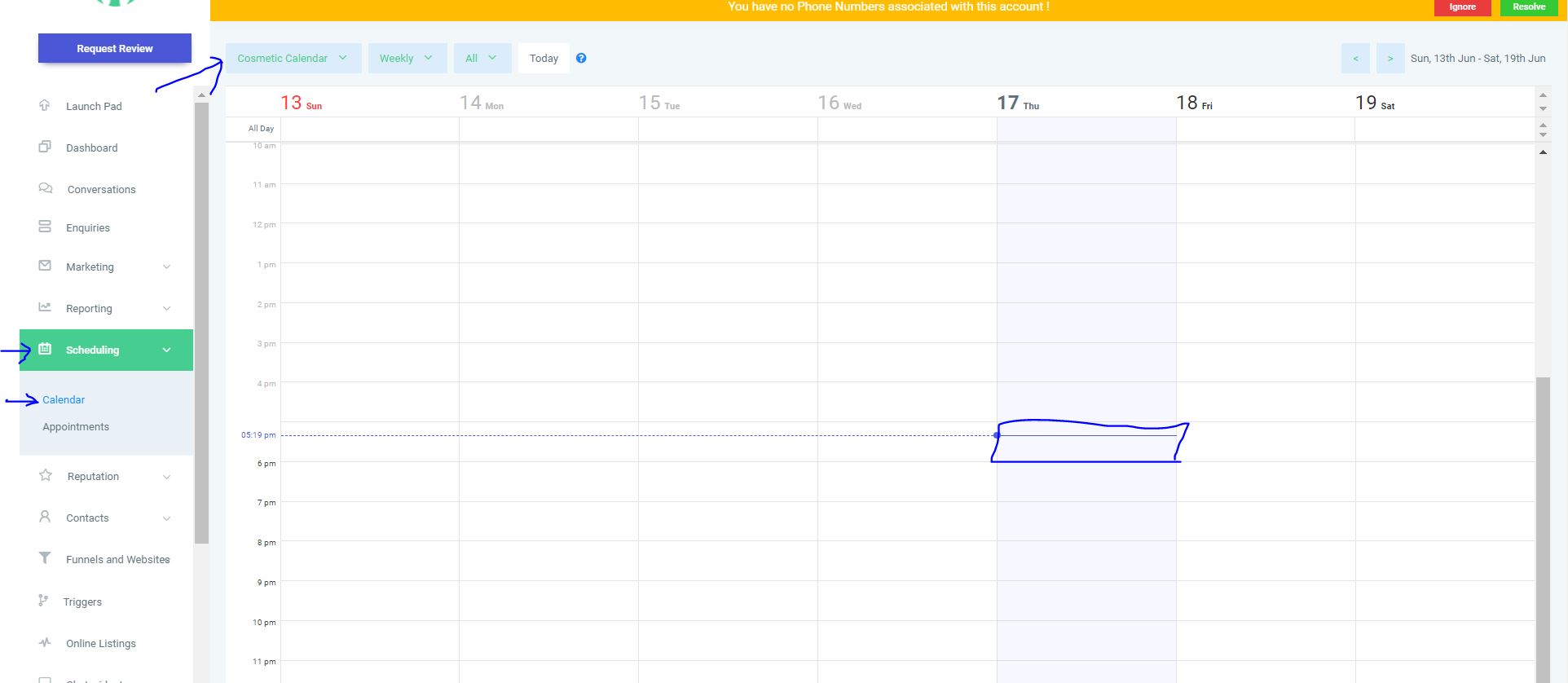How does the Patient Reactivation Campaign work?
Our Patient Reactivation campaign uses your inactive patient database and sends them a series of messages and emails to re-energize them with an enticing offer and bring them back as active patients.
Now that we've set up your campaign, it's time to look at how it all works and what is required from your reception staff when a patient books in for an appointment.
So, how does it work?
A series of SMS text messages are sent to patients asking them if they are interested in a special offer, along with a calendar link to book in for an appointment. Our team follows up with the patient until they book in for an appointment.
Once we have booked a patient in for an appointment, you will receive an email notification with all of the booking details. Please check your SPAM folder and add this booking to your Practice Calendar.
Next, you can manage all of these enquiries in your CRM the same way you manage all other enquiries. These will appear under Booked Appointments (3x).
You will see that these cards have "patient reactivation" on it, as well as the Appointment Date & Time. *If you don't see the calendar date & time on the card, please ensure you toggle Calendar Event on in the Additional Info box.
The patient will receive a series of text messages confirming their appointment as well as a reminder text the day before their scheduled appointment, so no need to follow up with them manually.

Following Up with Patients that have Questions
If any patients ask for a time slot outside the ones you have made available for this campaign, or need to be followed up with a phone call, we will move these enquiries under Follow Up Needed (3x). Our team will add any relevant notes to the card.
It's important these patients are followed up with asap as they are very interested in the offer. You can schedule these patients in any time slot you have available in your Practice Calendar and then move them over to Booked Appointments.

Blocking Out Calendar Slots Manually
You can block it out by going to appointments and manually putting in the appointment (details can be real or fake) and that will prevent others from blocking that spot off as well.
All you have to do is go to Scheduling > Calendar (make sure you are in Patient Reactivation Calendar > Top right) > Click on the time slot you want to block out on the calendar.

From there you just fill in the information to let us know this is a time block out. Please put "BLOCKING") as the patient name or in addition to the patient name to let us know. This will prevent other patients from booking into that appointment notifications
Fill out the following for the blocked appointment:
- Appointment name > BLOCKING + Name (optional)
- Name > Patient Name
- Calendar > Patient Reactivation
- Status > Busy
- Appointment Status > Confirmed
Once we have booked a patient in for an appointment, you will receive an email notification with all of the booking details.
Notifications > Mark as not spam
Please check your SPAM folder and mark emails from "Support@dentalmarketingaustralia.com.au as NOT Spam. Instructions vary for different email providers.
So, what's next?
Once the patient has attended the appointment, simply drag-and-drop the card into the next stage: Appointment Attended ($). Now, you will see the offer amount has been automatically added to the card. You can leave it as is, or if the patient paid more during their appointment, you can edit the Lead Value.
Lastly, you can move this card to Won, or if a Treatment Plan was discussed or scheduled in, you can move this card to the next appropriate stage as you would with any other enquiry.
What if a patient wants to cancel or reschedule their appointment?
If a patient wishes to cancel, simply go to the Scheduling > Appointments tab in your CRM and select Cancelled from the dropdown next to their name.
If they need to reschedule, do the same thing and then reschedule them using a time slot available from your Practice Calendar time. This will ensure the patient stops receiving the automated appointment reminder messages.
Alternatively, you can reschedule the patient during a time slot available in the Patient Reactivation Calendar, which will prompt the automated appointment reminder messages again.
